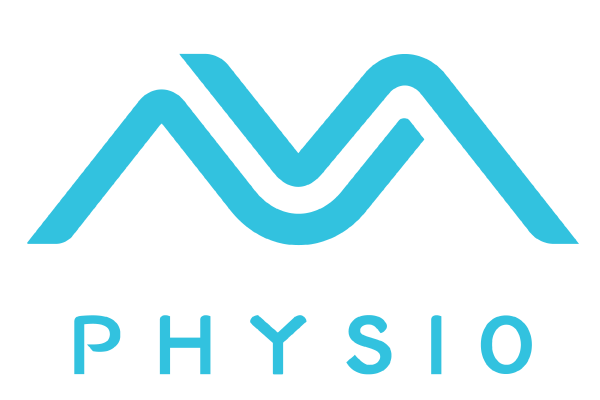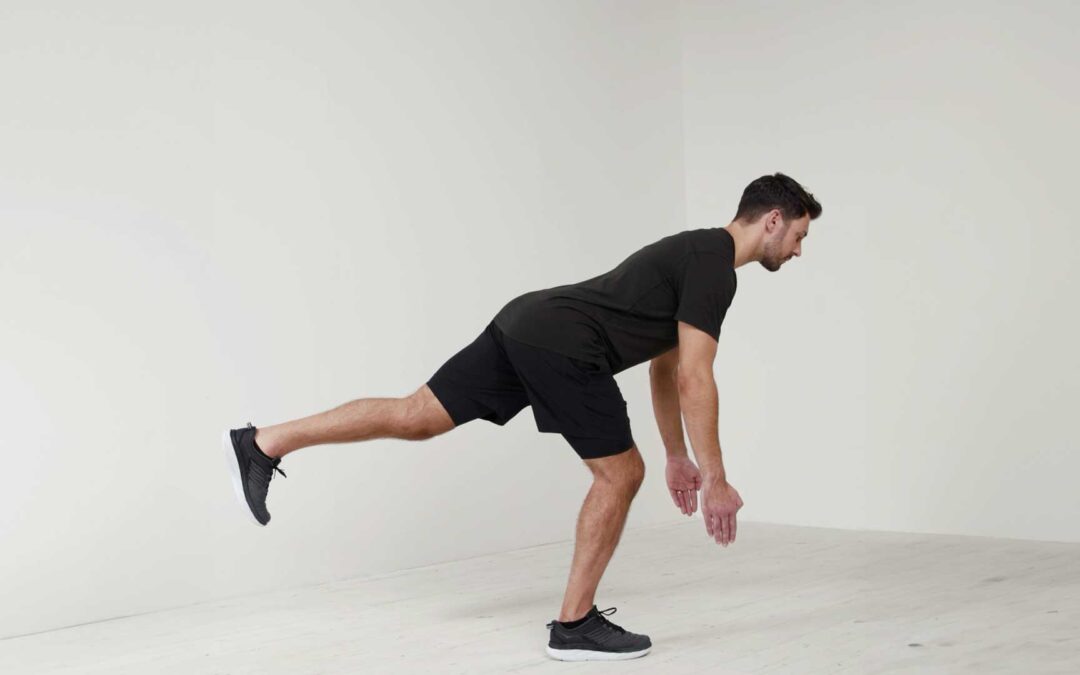What is the Single Leg Romanian Deadlift (RDL)?
The single-leg Romanian deadlift is a variation of the traditional Romanian deadlift, focusing on the hamstrings, glutes, and lower back. To perform this exercise, stand with your feet shoulder-width apart and lift a dumbbell with one leg while keeping the other leg straight.
This movement isolates one side of your body, helping address muscle imbalances. Begin by standing with feet shoulder-width apart, holding a dumbbell in each hand. Hinge forward at the hips, maintaining a straight back and slightly bent knees until your chest nearly reaches the ground. Gradually return to a standing position.
Preparing for the Exercise
Before starting any exercise, it’s crucial to prepare your body properly. This includes performing a thorough warm-up and engaging in stretching exercises to increase blood flow and improve flexibility. To perform the single leg RDL, you’ll need the appropriate equipment and select the right weight for your fitness level.
When performing the Single Leg Romanian Deadlift (RDL), you can use a dumbbell, kettlebell, or even just your body weight. It’s recommended to start with a lighter weight or no weight at all if you’re new to the exercise or recovering from a knee injury. As you become more comfortable and confident, gradually increase the weight to challenge your muscles further. Remember, it’s better to start with lighter weights and focus on proper form rather than using excessive weight and compromising your technique.
Step-by-Step Guide
Now let’s dive into the step-by-step instructions for performing the single-leg RDL correctly. Follow these guidelines to ensure optimal form and maximize the benefits of the exercise.
Execution
- Stand on one leg, foot facing forward, with a slightly bent and soft knee.
- Bend the knee of the opposite leg, taking it behind you while maintaining balance.
- Lean forward until you feel tension in the back of the standing leg.
- Pause at the end of each movement and engage your glute muscles to lift slowly back up.
- Focus on hip movement, maintaining a neutral lower back, and keeping your head in line with your spine.
- Control your movements to prevent hip rotation.
- Ensure the knee stays aligned with the middle toes to avoid collapsing inward.
- Breathe regularly during the exercise and only move as much as comfort and pain allow, following advice from your physio.
Common Mistakes to Avoid
To get the most out of the single leg RDL and prevent injuries, it’s important to be aware of common mistakes and take steps to correct them. Here are some common errors to avoid:
- Rounding the back: Maintain a straight back throughout the exercise. Rounding the back can put unnecessary stress on the spine and increase the risk of injury.
- Allowing the knee to collapse inward: Keep your knee in line with your toes throughout the movement. Allowing the knee to collapse inward can strain the knee joint and lead to discomfort or injury.
- Using excessive weight: Gradually increase the weight as your strength improves, but avoid using weights that compromise your form. Proper technique should always take precedence over weight.
By being mindful of these mistakes and making the necessary corrections, you can perform the single leg RDL safely and effectively.
Safety Considerations and Modifications
While the single leg RDL is generally a safe exercise, it’s important to consider individual safety and make any necessary modifications. If you have a history of knee injuries or limitations, it’s advisable to consult with a healthcare professional or physiotherapist before attempting the exercise. They can provide personalized guidance and ensure the exercise is suitable for your specific needs and goals.
For individuals with specific restrictions or limitations, modifications and alternative exercises may be necessary. A qualified healthcare professional can help tailor your physiotherapy routine to accommodate your unique circumstances and ensure optimal results.
How Merlin Physio App will help with Single Leg Romanian Deadlift?
The Merlin Physio App is a valuable tool for physiotherapists and patients alike, and it can be particularly helpful in guiding individuals through exercises like the Single Leg Romanian Deadlift. This exercise is a fantastic way to improve balance, strengthen the lower back, and work on hip stability. Here’s how the app can assist in performing and tracking this exercise effectively:
1. Exercise Demonstrations: The app can provide video demonstrations and detailed step-by-step instructions on how to perform the Single Leg Romanian Deadlift correctly. This is essential for ensuring that the patient is using proper form to prevent injuries and get the most benefit from the exercise.
2. Personalized Workouts: For patients, the app can create personalized workout plans that include the Single Leg Romanian Deadlift as part of their routine. It can recommend the appropriate number of repetitions and sets based on the patient’s current fitness level and goals.
3. Real-time Feedback: One of the standout features of the Merlin Physio App is its AI real-time feedback. During the exercise, the app can use its AI capabilities to analyze the patient’s form. It can provide instant feedback, helping the patient make necessary adjustments to ensure they are performing the Single Leg Romanian Deadlift safely and effectively.
4. Progress Tracking: The app allows physiotherapists to track their patients’ progress over time. They can monitor improvements in strength, balance, and flexibility through the data recorded in the app. This is particularly important for exercises like the Single Leg Romanian Deadlift, where progress may be gradual but significant.
Who would benefit from Single Leg Romanian Deadlift?
The Single Leg Romanian Deadlift (SLRDL) can benefit various individuals, particularly those looking to improve strength, stability, and muscle engagement. Here are some groups that may find this exercise beneficial:
- Athletes: Single Leg Romanian Deadlift helps improve balance and stability, which is crucial for athletes in sports that require agility, coordination, and unilateral strength.
- Rehabilitation: Individuals recovering from lower back or hamstring injuries may benefit from SLRDL as it allows for unilateral strengthening, helping to address muscle imbalances and regain stability.
- Fitness Enthusiasts: Anyone aiming to enhance overall lower body strength, especially in the hamstrings, glutes, and lower back, can incorporate SLRDL into their routine.
- Bodybuilders: Single Leg Romanian Deadlift provides a targeted workout for the hamstrings and glutes, contributing to muscle development and definition in the posterior chain.
- Those with Muscle Imbalances: The exercise targets one leg at a time, making it effective for identifying and correcting strength imbalances between the left and right sides of the body.
- Functional Training: Single Leg Romanian Deadlift mimics real-life movements such as bending forward and lifting, making it a functional exercise that can translate into improved daily activities and movements.
- Fitness Beginners: As a controlled movement, Single Leg Romanian Deadlift can be suitable for beginners to build foundational strength, provided they start with appropriate resistance and focus on proper form.
Remember, before starting any new exercise routine, especially if you have existing health conditions or concerns, it’s advisable to consult with a healthcare professional or fitness expert to ensure that the exercise is suitable for your individual needs and abilities.
Conclusion
The single leg Romanian deadlift is a valuable exercise for knee physiotherapy that targets key muscles, improves knee stability, and enhances overall lower body strength. By following the step-by-step instructions, avoiding common mistakes, and progressing gradually, you can reap the benefits of this exercise while minimizing the risk of injury. Remember to prioritize proper form, seek guidance from a healthcare professional, and personalize your exercise routine to meet your individual needs and goals. Incorporating the single leg RDL into your knee physiotherapy program can be a game-changer in your journey towards improved knee health and overall well-being.

